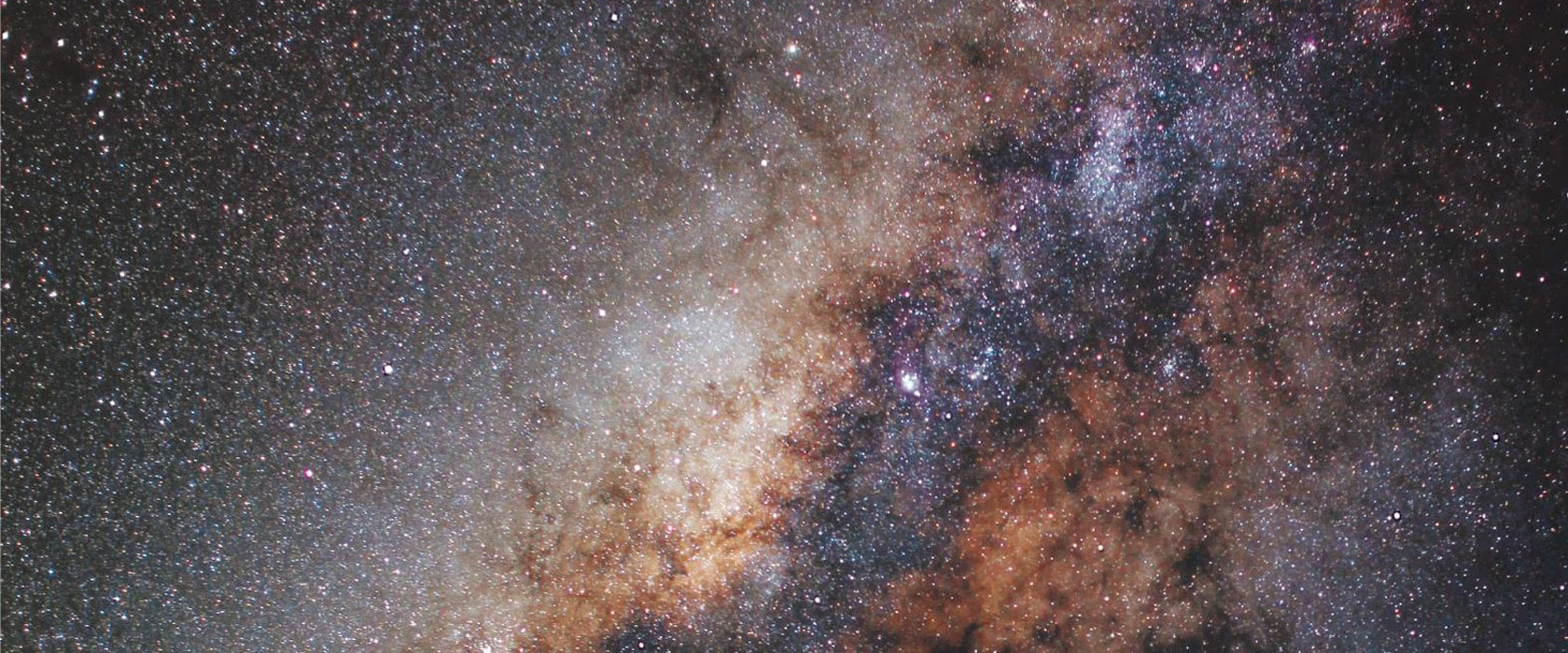By: Jon Farrow
26 Mar, 2020

Iair Arcavi delights in a good metaphor. “As astronomers, our lab is the universe,” he says.
“But imagine not being able to walk into your lab, you can only stand at the doorway. And your hands are tied behind your back. And the lights are dimmed really low. And the experiments just run at random and you have to figure out what’s going on.” That’s what it’s like being an astronomer.
Whereas, in many other disciplines, researchers can set up controlled experiments to test hypotheses, astronomers must find ways to observe the Universe in action.
So why would Arcavi, who started his academic career in the relatively controlled disciplines of math and particle physics, decide to make the leap into astronomy and willingly tie his hands and dim the lights? Because of the exciting possibilities of a universe filled with mysteries. “The other side of having your hands tied is that the lab is almost an infinite one, where anything can happen at any moment,” he says. “And you just have to catch it.”
Arcavi, an assistant professor of astronomy at Tel Aviv University joining CIFAR’s Gravity & the Extreme Universe program, searches the cosmos for its most energetic events in order to understand its fundamental physics. His research focuses on three types of extreme astronomy: Supernovae, the explosions of massive stars at the end of their life; Tidal disruption events, where stars get ripped apart by black holes; and mergers of neutron stars.
This last type of event occurs when two extremely dense stars collide in an explosion that sends ripples through space and time itself. Only one such collision has ever been observed with telescopes using visible light, in 2017, and the discovery made waves in the astronomical community because it was the first time the source of gravitational waves could be studied directly.
A postdoc at the time, Arcavi was working on a network of robotic telescopes spread across three continents, with outposts in Chile, Australia, and South Africa.
“We had just a few hours to catch the first light that came out of this event: it was one of the most rapidly evolving astronomical events we had ever seen,” he explains. “We were one of many groups that observed it in the first night at observatories in Chile, but we were the only group who could then observe it again in Australia and observe it again in South Africa before the earth rotated a full 24 hours for everyone else to see it again in Chile. It evolved so fast that those two intermediate observations turned out to be extremely critical for mapping the changes that this thing was undergoing.”
Arcavi sees the benefits that come from large collaborations like the network he used in his postdoc or the one responsible for the black hole picture that made headlines in 2019, but he also gets excited about what can be accomplished by a few smart people with a creative new way to look at the sky.
“In astronomy you have these two modes of operation, which I really like,” he says. “On the one hand I love being able to participate in huge collaborations that are doing things that you can only do that way, and on the other, it’s exciting participating in these smaller “guerrilla” projects, where you can still discover something with just a small group, some creativity, and a few telescopes that you can get access to.”
A new CIFAR Azrieli Global Scholar selected in 2019, Arcavi is excited to stoke his curiosity and interact with top astronomers in the Gravity & the Extreme Universe program, but he’s also keen to learn from people outside his discipline: biologists and philosophers in other programs that he might not otherwise have met.
“I do my best thinking when I’m talking to people about anything interesting,” he says. “And you never know what’s going to spark an idea, so I find it is important (and enjoyable!) to be curious about other things. Through the CIFAR Azrieli Global Scholars program, I get to interact with the top people at my academic level in many different fields that I would never be able to make connections with otherwise.”
The world of astronomy is roughly divided into two: theorists, who write equations and model the Universe to describe its physics, and observers, who, like Arcavi, try to use what’s happening up there to fit or break those theories. The draw of finding events that current theories tell us should be impossible keeps Arcavi coming back to the night’s sky.
“There are many events in the Universe that we don’t understand because they’re too bright or too fast for what the laws of physics tells us should be possible,” he says. “And experience has shown that whenever you point a telescope at the sky in a new way, you’re going to find something new that was not predicted.”
The CIFAR Azrieli Global Scholars program supports exceptional early-career researchers with funding, mentorship, a global network, and professional skills development.